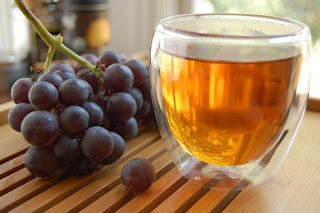 I hope to get around to reviewing the new sencha from o-cha, the Chiran, but other than that it is not likely I'll be updating till January. The holidays are here and kicking my ass. Also I'm wrapping up the divorce, and I'll be moving mid December.
I hope to get around to reviewing the new sencha from o-cha, the Chiran, but other than that it is not likely I'll be updating till January. The holidays are here and kicking my ass. Also I'm wrapping up the divorce, and I'll be moving mid December.If I already had pictures taken and ready, I might still try to squeeze out a few reviews (and I probably will), but for the first time I'm caught up. I feel short on inspiration, I feel tapped out. I expect that the move, being in a new environment will help with that.
Furthermore, I have not been entirely pleased with the direction the blog has taken. It has been fairly random, reviews only on whatever tea finds its way to me, as I haven't been buying much tea myself. On one hand this has been nice, and I've been able to share some unique teas, but I prefer to have a bit more control and focus than that.
In short, updates will resume in January, hopefully stronger and inspired.
In the mean time, check out Adagio's new black teas from China.

















































